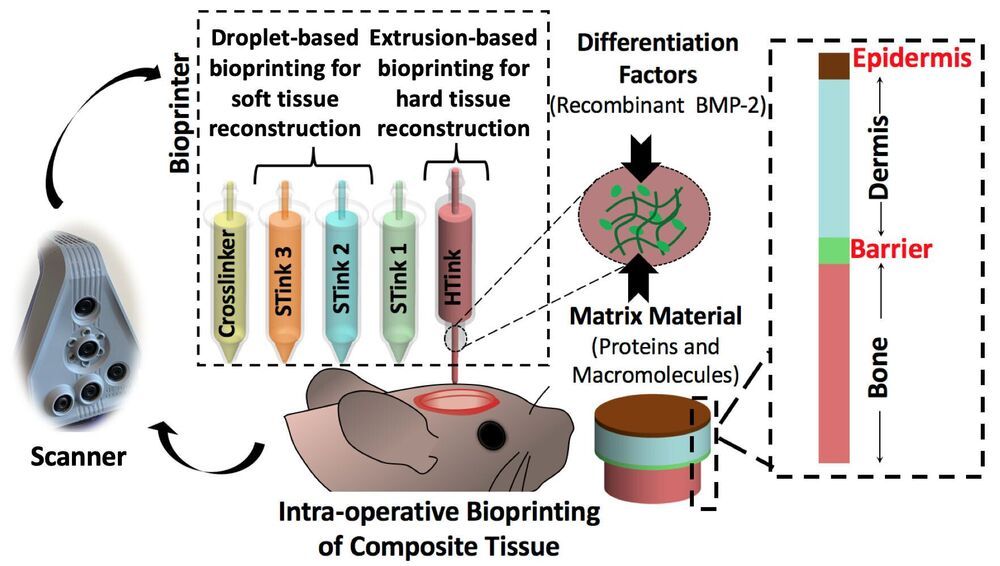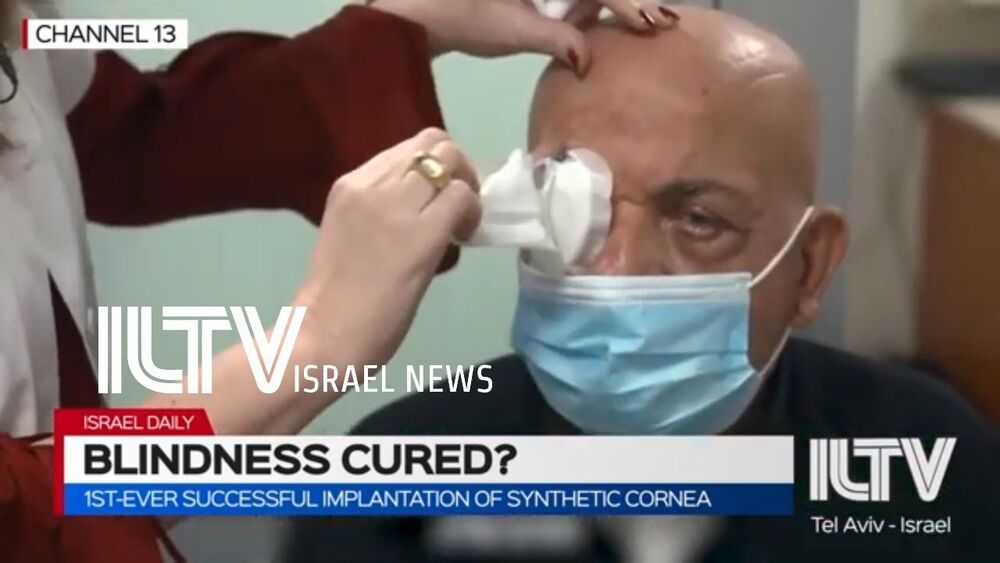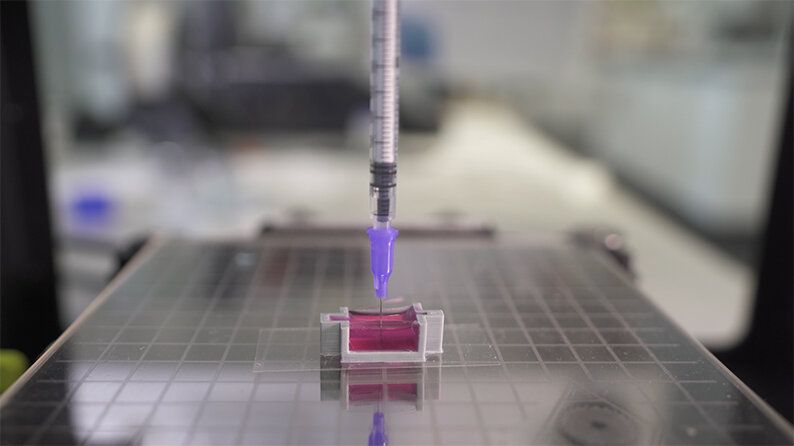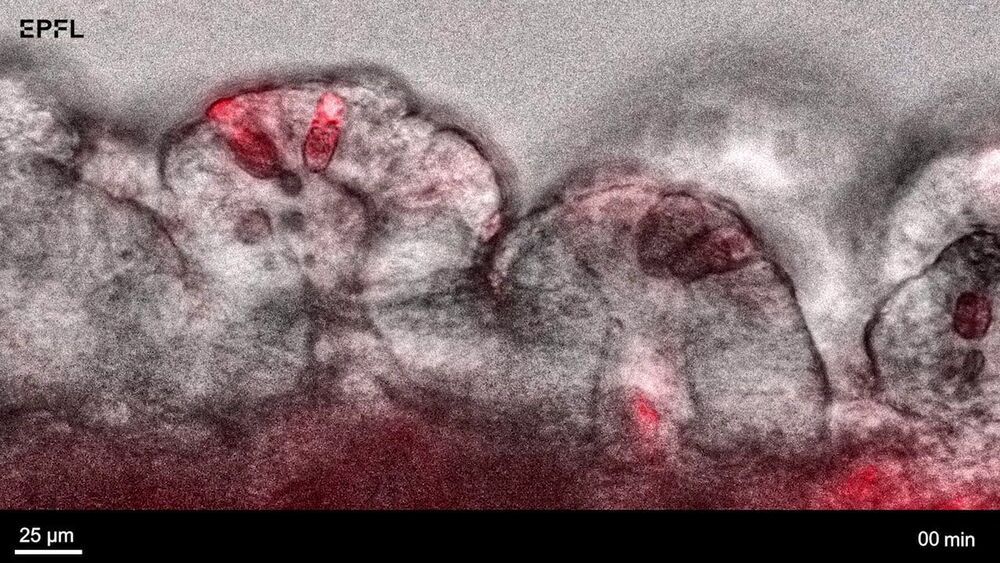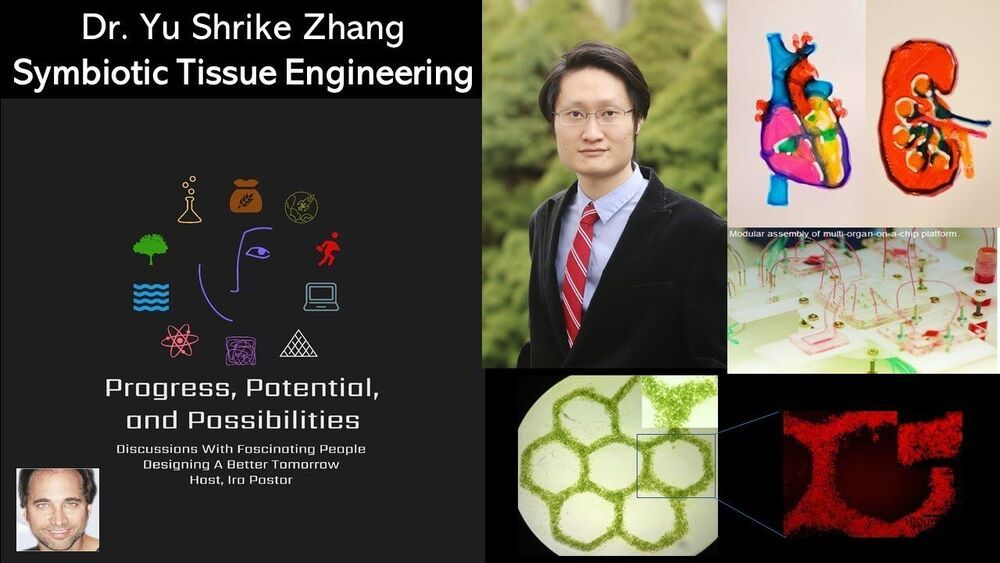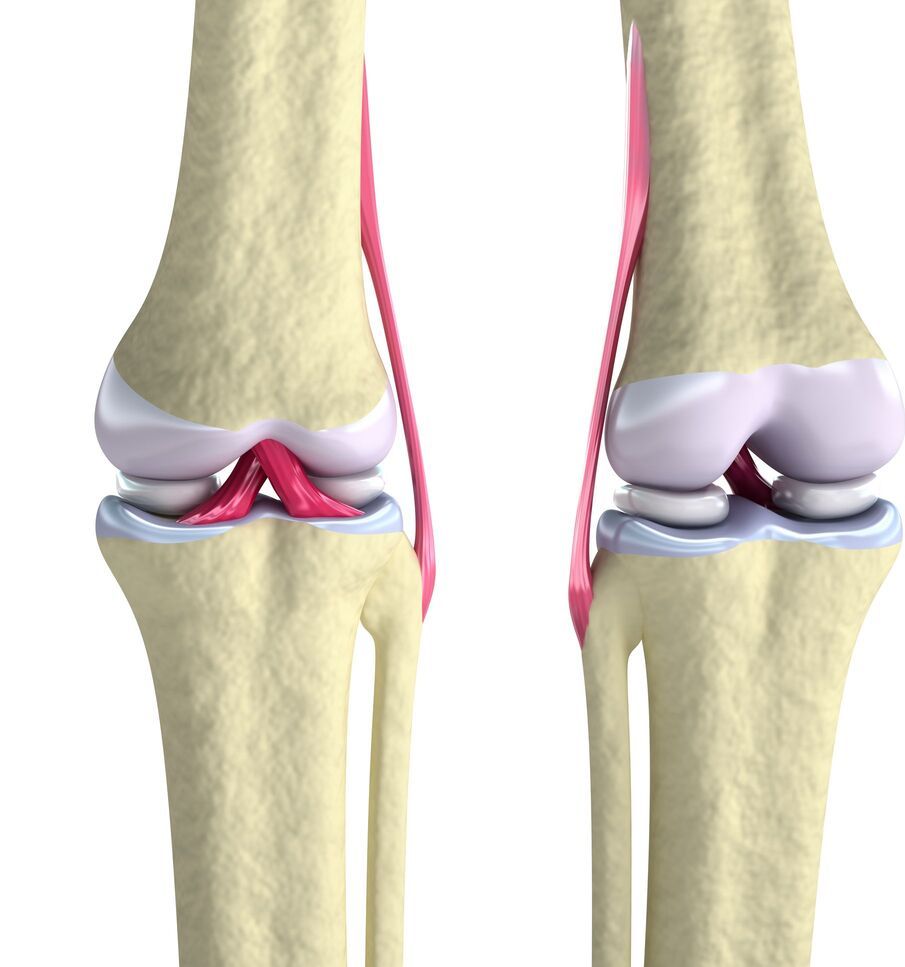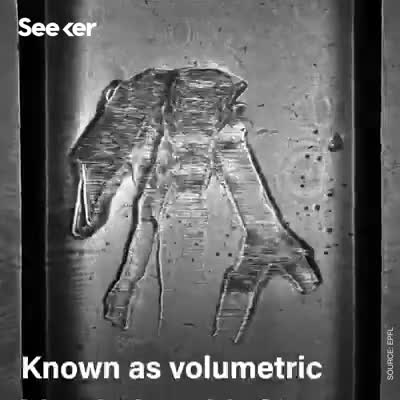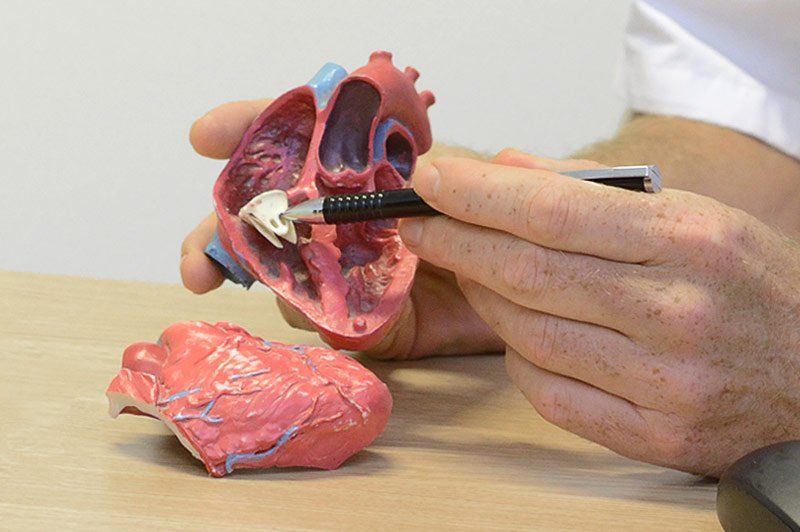😃
✅ Instagram: https://www.instagram.com/pro_robots.
You’re on the PRO Robotics channel and in this issue of High Tech News. The latest news from Mars, the first flight of Elon Musk’s starship around the Earth, artificial muscles, a desktop bioprinter and why IBM teaches artificial intelligence to code? All the most interesting technology news in one issue!
Watch the video to the end and write in the comments which news interested you most.
Time Codes:
0:00 In this video.
0:22 News from Mars.
2:08 A system that recognizes the capitals presented in the brain with 94% accuracy.
2:47 SpaceX has scheduled a test orbital flight of Starship.
3:28 Japanese billionaire, Yusaku Maezawa to go to ISS in December.
3:55 Voyager 1
4:27 OSIRIS-REx probe.
4:50 China has launched “Tianhe” basic module into space.
5:25 Successful tests of the Module “Nauka“
6:00 IBM creates datasets to teach artificial intelligence programming.
6:45 Elon Musk promises to open access to FSD’s autopilot on a subscription basis in June.
7:08 Honda and AutoX report first 100 days of fully autonomous AutoX robot cabs.
7:25 Baidu.
7:41 Robot to untangle hair.
8:10 SoftBank sold Boston Dynamics, but continues to fund robot startups.
8:35 Boston University developers have created a robotic gripper capable of picking up even a single grain of sand.
9:06 U.S. Air Force unveils robot for washing F-16 Viper aircraft.
9:35 E Ink.
10:07 Artificial muscle fibers.
10:40 Gravity Industries jetpacks.
#prorobots #robots #robot #future technologies #robotics.
More interesting and useful content:
✅ Elon Musk Innovation https://www.youtube.com/playlist?list=PLcyYMmVvkTuQ-8LO6CwGWbSCpWI2jJqCQ
✅Future Technologies Reviews https://www.youtube.com/playlist?list=PLcyYMmVvkTuTgL98RdT8-z-9a2CGeoBQF
✅ Technology news.
#prorobots #technology #roboticsnews.
PRO Robots is not just a channel about robots and future technologies, we are interested in science, technology, new technologies and robotics in all its manifestations, science news, technology news today, science and technology news 2021, so that in the future it will be possible to expand future release topics. Today, our vlog just talks about complex things, follows the tech news, makes reviews of exhibitions, conferences and events, where the main characters are best robots in the world! Subscribe to the channel, like the video and join us!

